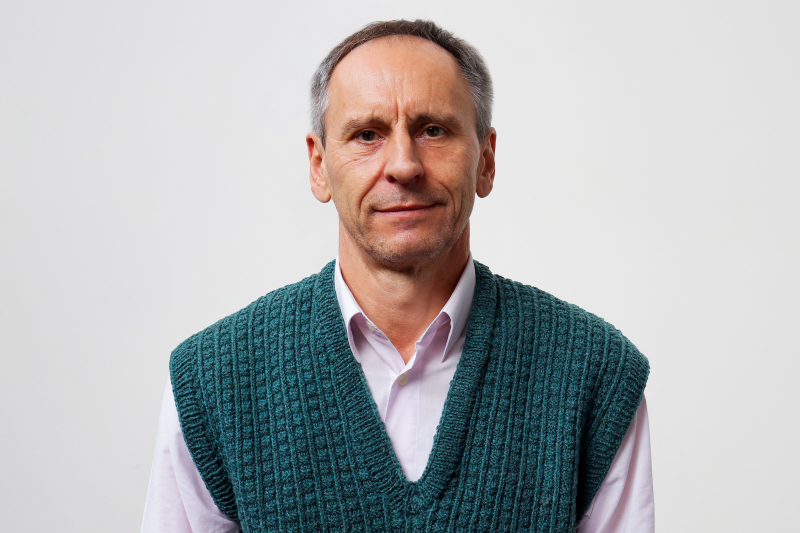This past June, I had the privilege to attend the 13th International Conference on Structures in Fire (SiF), held at the University of Coimbra, Portugal.
Over three-days engineers and researchers from around the world, gathered to share and discuss the recent findings, best practice, innovations and latest developments in the field of structural fire engineering.
The conference covered a wide range of topics on the application of structural fire engineering from how different materials like steel, concrete, masonry and timber structures behave in fire; to experimental research and numerical modelling of structures in fire and how it could influence the future of construction safety.
Leading the way in structural fire research
At HERA, we’ve had a long history of carrying out fire related simulations for our members right here in Aotearoa New Zealand as part of our research projects, as well as overseas too.
Our expertise lies in using advanced simulations to predict how different building structures behave in a fire. For instance, we create detailed finite element models that carry out transient heat transfer analysis to predict the temperatures throughout any structure such as the steel-concrete composite slabs, light gauge steel floors, concrete filled columns to simulate how heat spreads through structures. These simulations are often followed by implicit or explicit stress analysis, which help us predictstresses, strains, equivalent plastic strains in steel, deformations and weaknesses allowing us to recommend improvements to design to mitigate future fire performance risks detected.
Valuable lessons learnt
Attending this prestigious fire focused international conference gave me the opportunity to dive deep into the technical aspects of fire safety with other experts in the field. These face-to-face discussions about the nitty-gritty in advanced numerical simulations was invaluable. It was also great to be able to connect with others who share the same passions and skills in engineering as I have, as it is quite a specialised and small field of professionals in Aotearoa.
The proceedings also served as a very good resource for future research topics for HERA to explore if aligned to local industry needs,
ensuring that we continue to support the construction sector with the latest advancements in fire safety.
In the end, it’s all about building confidence—confidence that the structures we design and build will protect people and property when it matters most.
About the author
With over two decades of experience in Finite Element Analysis, Nandor has published several fire related conference and journal papers throughout his career and has supported several projects with his specialist advanced simulation expertise.
Find out more about how he can assist your projects today!


